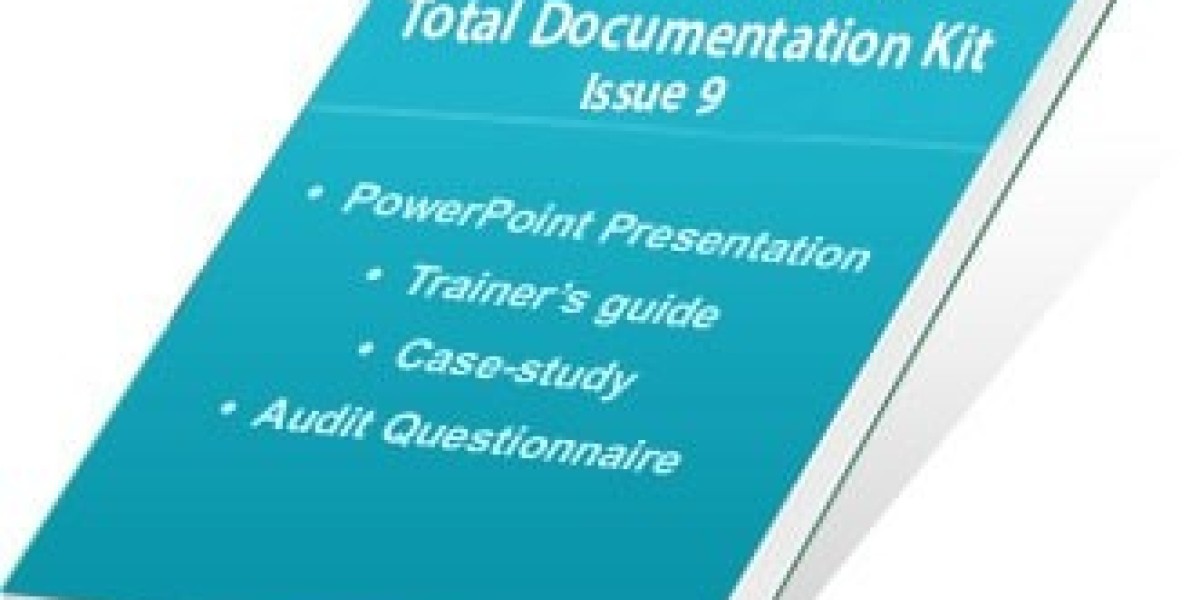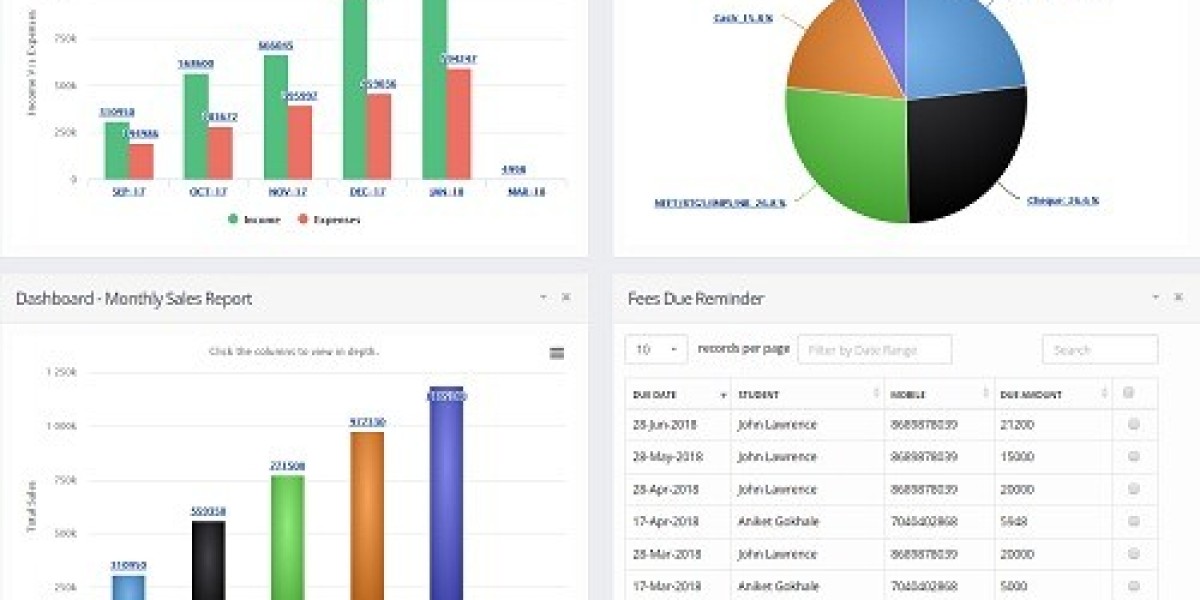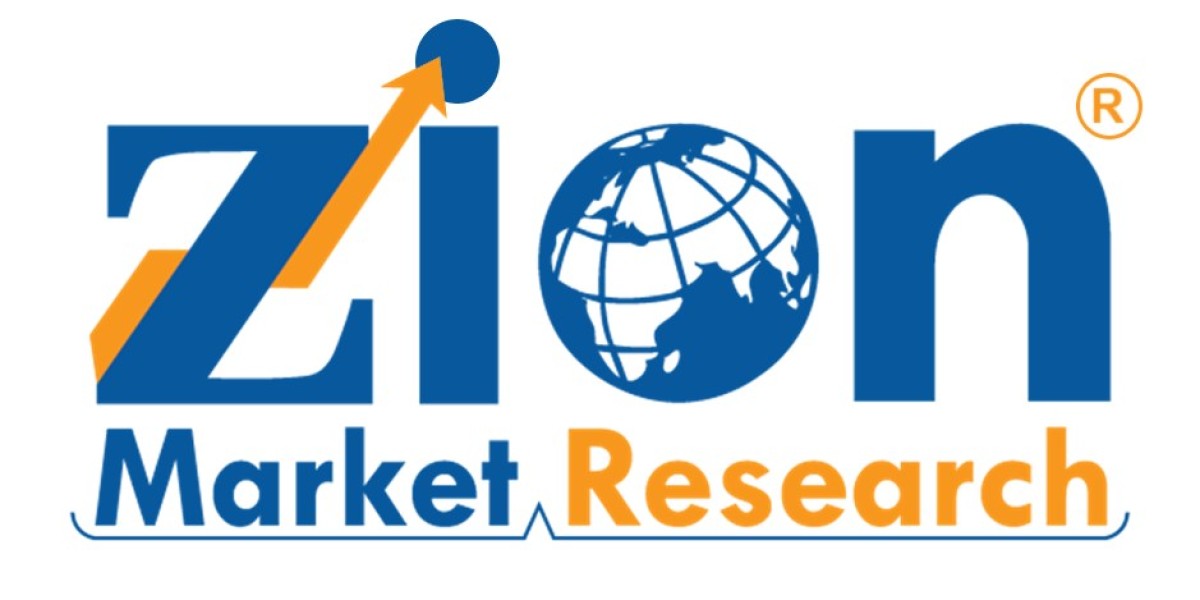Ensuring your team is ready for a BRCGS Issue 9 audit can turn a stressful event into a smooth review. BRCGS Issue 9 is the latest food safety and quality standard (launched 2023). In any food, packaging, or distribution site, auditors will scrutinize everything from cleanliness and equipment maintenance to paperwork and company culture.
The key to success is preparation. Don’t wait until the last minute to train staff or organize records. Start early: build a safety culture, review procedures, and conduct internal audits. The tips below offer practical advice to make sure your employees feel confident and prepared for the BRCGS Issue 9 audit.
Build a Culture of Safety
Issue 9 emphasizes a positive food safety culture. That means everyone — from line workers to managers — must understand and care about safe practices. Leadership is crucial: when supervisors reinforce good habits (walking the floor, answering questions, praising correct behavior), employees see that safety is a priority.
Encourage open communication so staff report hazards or suggest improvements. For example, short daily briefings or safety posters can keep key practices top-of-mind. Recognizing safe work habits also helps make following procedures second nature.
Train and Engage Your Team
Once the right tone is set, focus on clear, hands-on training. Your team should know why each procedure is done, not just what to do. For example, don’t just tell operators to “sterilize tools” – explain that this step prevents product contamination. When employees understand the purpose, they’ll remember and follow procedures under pressure.
- Explain procedures clearly: Walk your team through key tasks (like sanitation or equipment checks) and explain why each step matters.
- Role-play audit questions: Simulate the audit by asking typical questions, such as “How do you record a temperature check?” Practice answering honestly. Encourage staff to say “I’ll check that” if they’re unsure instead of guessing.
- Use quick-reference guides: Post checklists or tips in break rooms. A simple summary of daily cleaning steps or allergen controls can reinforce memory.
- Involve everyone: Train all shifts and include new hires. Hold short refresher meetings (weekly or monthly huddles) so the whole team stays up to date.
Above all, focus on understanding over memorization. If your staff can explain the reasons behind their actions, they’ll answer the auditor’s questions with confidence instead of reciting scripted answers.
Prepare and Organize BRCGS Issue 9 Documents
Auditors expect documentation for every process. Ensure your BRCGS Issue 9 documents — from HACCP plans and site manuals to training logs and cleaning records — are current, accurate, and well organized. Every policy or procedure should show the latest revision, and every log should be complete and signed.
- Centralize and label records: Use a digital system or a clearly marked binder for key files. Organize folders by topic (for example, sanitation, equipment, training) and train staff on where to find each document. This prevents confusion and saves time.
- Check completeness: Run through an audit checklist and verify every required document is present. If something’s missing, fill it in now. Remember: if it isn’t documented, it didn’t happen. Making sure all your BRCGS Issue 9 documents are complete and up to date will give your team confidence on audit day.
Conduct Internal Audits and Practice Inspections
Regular practice audits help catch issues early. Schedule internal or mock audits so your team knows what to expect. Treat these like the real thing: use a checklist, walk through each area, observe processes in action, and review records. Fix any problems you find so the actual audit is just a confirmation of routine.
- Walk like an auditor: Assign someone (or hire a consultant) to do a thorough walkthrough. They should verify that procedures are actually followed on the line and ask questions just as an auditor would.
- Make it routine: Conduct practice audits regularly (for example, by department or monthly). Ongoing checks build a habit of compliance and prevent last-minute surprises.
- Learn from gaps: When you find a problem, correct it and record the action taken. Review fixes in team meetings. When staff see audits leading to real improvements (not blame), they’ll feel free to report issues early. This openness means the final audit will simply confirm what your team already does.
Final Steps Before the Audit
- Tidy and organize: Do a final walkthrough to ensure work areas are clean and clutter-free. Confirm that protective clothing (hairnets, gloves, etc.) is stocked and in good condition. Check that all instruments (like thermometers or metal detectors) have up-to-date calibration stickers or logs.
- Brief the team: Gather everyone and review the audit schedule. Explain who the auditor is and what to expect. Assign a few go-to staff (for example, the shift leader or QA supervisor) to guide the auditor and retrieve documents as needed. Remind all employees to be polite, honest, and clear in their answers. It’s okay to say “I’ll find out” if they need to, rather than guessing.
- Stay confident: Encourage the team to view the audit as an opportunity to showcase daily excellence. Remind them that being well-prepared means there’s nothing to fear. A calm, knowledgeable team makes a very positive impression.
By following these steps — strengthening safety culture, training thoroughly, organizing documents, and practicing — your team will be well prepared. Auditors will see that every employee knows the routine and that safety is part of daily work. A confident, informed team is your best asset on audit day.








